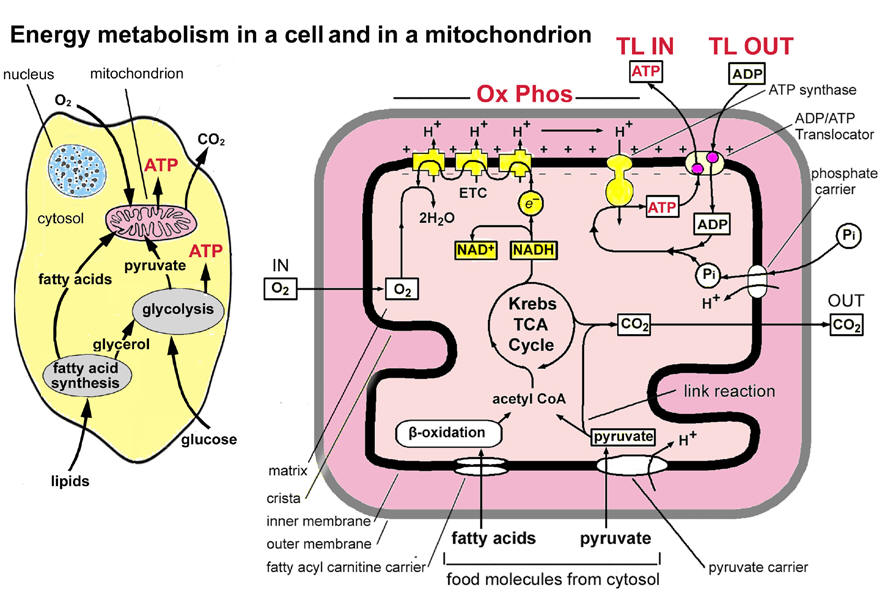Mitochondrial restorations and weight loss

Mitochondrial restorations and weight loss and benefits of kicking out obesity by being physically active
Mitochondrial restorations and weight loss: Mitochondrial dysfunction
The role of your metabolism is to take the oxygen we breathe and the food we eat and process it to make energy, the fuel for life. (The fuel for your car is called gas. The fuel for your body is called ATP and it is produced from the combustion of food and oxygen.) When they are not working properly, you suffer all the symptoms of low energy: fatigue, memory loss, pain, rapid aging, and more. Along the way, many things can go wrong that may impede your metabolism, make it run less efficiently, or practically shut it down. Fatigue is the most common symptom of poorly functioning mitochondria. We need to keep them in top shape. Therefore mitochondrial restorations will be essential even as we move close to our old age and that explains why we poop out as we age because we have constantly insulted and injured our mitochondria.
Did you know that we have over 100,000 trillion of these powerhouses in our body, and each one contains 17,000 little assembly lines for making ATP, our major fuel? They use over ninety percent of the oxygen we breathe. They take up forty percent of the space inside the heart cells. The only problem is they are very sensitive to damage. And the injury is from uncontrolled oxidative stress, which results from toxic insults, infections, allergens, stress, and just eating too much poor quality food.
Mitochondrial restorations and weight loss: Exercise and the mitochondria
- Getting rid of toxins in the body will give you more energy. So here’s another reason to exercise: Exercise accelerates the detoxification process.
- Exercise pushes the blood to circulate more efficiently through the body, allowing nutrients to move easily to reach all the organs and muscles.
- Exercise helps lymph fluids circulate through the body, which removes toxins and other harmful materials. When you exercise, you naturally take in more oxygen; to make room for the added oxygen, your cells kick out toxins that are taking up space. When you exercise properly, your build up a sweat and toxins are released through the pores of the skin.
- Playing at anaerobic levels is a great way to get in peak shape. It doesn’t do anything for longevity, or probably for overall health, but it’s great for vim, vigor and pure fitness.
- Regular exercise is one of the most important things you can do for health. Participation in physical activity improves several body functions. These include: weight control, decreased the risk of cardiovascular disease, decreased risk of diabetes, reduced risk of cancer, improved strength of bones and muscle, enhanced emotional status, decreases the natural degenerative changes that come with aging, and increases your chances to live longer.
- That said, being consistently active can actually cause degeneration. Rest and recovery periods are essential as these periods allow the body to repair and rebuild itself.
Finally, there are lots of benefits in being physically active. Doctor Dalal Akoury MD, President, and founder of AWAREmed health and wellness resource center reiterated that this is a virtue. Nonetheless, we’ve to distinguish between consistent exercising which can lead to overuse injury and regular exercising. You must be sure to discern between consistently exercising and regular exercise and for more professional input over this, you can schedule an appointment with her by calling her now.
Mitochondrial restorations and weight loss: Mitochondrial dysfunction
http://www.awaremednetwork.com/





